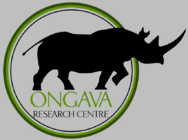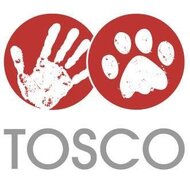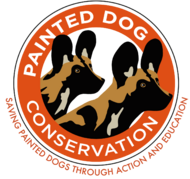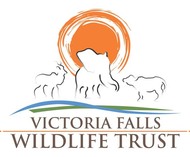-
Ongava Research Centre & Ongava Game Reserve


Since February 2019, I've been working as a resident scientist at the Ongava Research Centre (ORC) based on the Ongava Game Reserve (OGR) in Northern Namibia.
OGR is boarding the southern side of Etosha National Park, just west of Andersson's gate (check the map below). It covers 300km2 of mopane woodland and rolling dolomite hills. It is a safe heaven for iconic species such as lions, elephants, oryx and rhinos, but also home to many endemic species such as the dassie rat (Petromus typhus) the Carp's tit (Melaniparus carpi) and the bottle tree (Pachypodium lealii). OGR offers accommodation in 4 luxury lodges/tented camps and is an ideal destination from where to visit the neighbouring Etosha.

The Ongava Research Center was founded in 2003 by Dr Ken Stratford (who is still our research director today) and has been a small size operation until 2018 when a generous donation has been made to build offices, housing and a stunning Visitor Centre attached to the newly refurbished Andersson's camp.

View on the waterhole from Andersson's Camp main area

Andersson's infinity pool with view on the waterhole
The Visitor Centre is freely accessible to all Ongava's guests for them to learn more about the geology of the region, the history of OGR and so much more about animal tracking, rhino conservation, carnivores, reptiles and other endemic species and the work done by ORC.

Visitor centre entrance hall

Rhino theme (fake horn made from invasive species wood)
We are currently working on setting up our research priorities and projects. I can already tell you that I'll be working on camera trapping projects (monitoring, counting, identifying individuals, improving methods etc) and that a lot of my work will focus around waterholes as they are major drivers in our semi-arid ecosystem. I'll be working a lot on behaviour od ungulates (frequency of waterhole visit, vigilance, interactions, individuals variations...) and the landscape of fear aka prey-predator interactions. Of course, I'll also focus on spatial ecology with a special interest in large predator interactions.
Part go my work will also involve setting up new methods for automated identification of individuals in species with recognisable coat patterns. This is of particular interest for us since we will rely on camera trap data a lot as direct observations on OGR are very difficult due to the dense vegetation and rugged terrain.
Stay tuned for science updates!
-
Comments
Across Southern Africa








